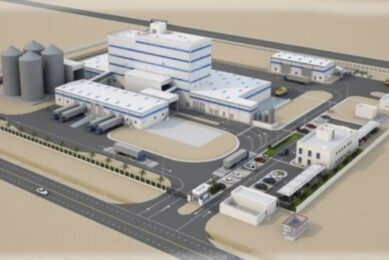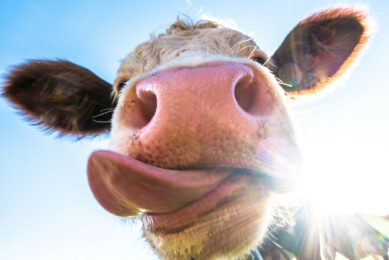Fish feed processing
Today’s expectations are that the fish feed supplier can produce a product that hits precise quality targets in terms of size, durability, density and nutritional composition at a highly competitive price. Proper fish feed processing is therefore very important.
Fish feed is of great importance worldwide, and the production is steady growing and with an ever increasing development in processing methods. New equipment and techniques improve the feeding value of both fish feed and pet food.
It is therefore a continuous need for the feed industry and research groups to become updated on the latest developments in the chemistry, nutrition and feed processing interactions.
Preparation of pellets
The FAO has listed some valuable information on its website about the preparation of pellets:
The most important feature of the pellet is durability, crushing strength and water-resistance. The following factors ensure the stability of a grain:
– solid adhesive medium, e.g., powdered milk, sugar, or carbamide, developed by steaming or heating of starch
– connection of interface strengths of liquid between the grains
– adhesion – capillary suction effect between two grains.
There is a buffer tank between the pelleting machine and the mixer. From here the feed goes into the conditioning block of the mill by gravitation. This conditioning block works as a continuous mixer suitable for feeding both liquids or steam. The quantity of steam or liquid material is controlled manually. The most frequent pelleting method is "thread pelleting", where the material is pressed through a die.
In modern mills the presser-rollers are stable and the die revolves; the gap between them being adjustable. Pelleting machines with high (10-25 t/h) capacity have three rollers. To change the dies within these types of mills is difficult and their life-time is short. The mill is prevented from overloading by a shear pin.
At the adjusted length, the pellet is cut by knives. The warm, wet and soft pellet from the mill should be dried and cooled. In the cooling system, the air stream alters the steam pressure, and results in water withdrawal and cooling of the pellet. The cooling process should last until the temperature of the pellet and its surroundings is the same.
Related articles:
Clever extruding makes quality aqua feeds
Trends in pet food and fish feed extrusion
Related news items:
Extrusion improves soybean meal for fish
Processing plants to please fish diets











